You misunderstand how asynchronous calls are make.
What happens when you run this part of code?
for(var i=0;i<rows.length;i++)
{
var shopIdFetched = rows[i].shopId;
client.connection.query(...) //these are asynchronous methods
}
For rows.length=10, it will call 10 times the client.connection.query, which is unfortunately asynchronous method, therefore it is not executed yet, but it put 10 asynchronous methods to Event Stack.
After this method synchronously finishes and one of method indicates, the call to database is finished, the method is executed, which is this
if(data.length > 0){
console.log(rows[i],data);
}
However at this point, the for-cycle already finished, the i=10, therefore rows[10] is undefined (because for rows.length=10 you have data in rows[0] to rows[9]
One workaround can be to put another method to the inner scope, something like this
for(var i=0;i<10;i++)
{
x(i);
}
function x(i){
console.log(i);
//this i will be same even after asynchronous paradighm
}
The same thing can be written as this
for (var i = 0; i < 10; i++) {
(function(i){
console.log(i);
})(i)
}
In your case
for(var i=0;i<rows.length;i++)
{
(function(i){
var shopIdFetched = rows[i].shopId;
client.connection.query('select * from image where shopId=?',shopIdFetched,function(err,data){
if(data.length > 0){
console.log(rows[i],data);
}
});
})(i);
}
For better understanding, this would do the same
for(var index=0;index<rows.length;index++)
{
(function(i){
var shopIdFetched = rows[i].shopId;
client.connection.query('select * from image where shopId=?',shopIdFetched,function(err,data){
if(data.length > 0){
console.log(rows[i],data);
}
});
})(index);
}
In previous example, we just shadowed variable i with different variable i (if more variables with same name are created, the one which is in the most inner scope will be selected)

